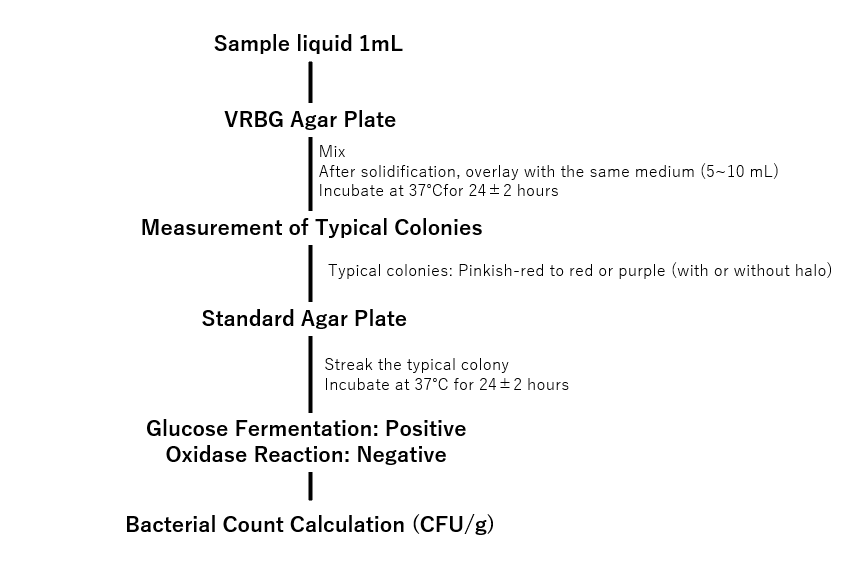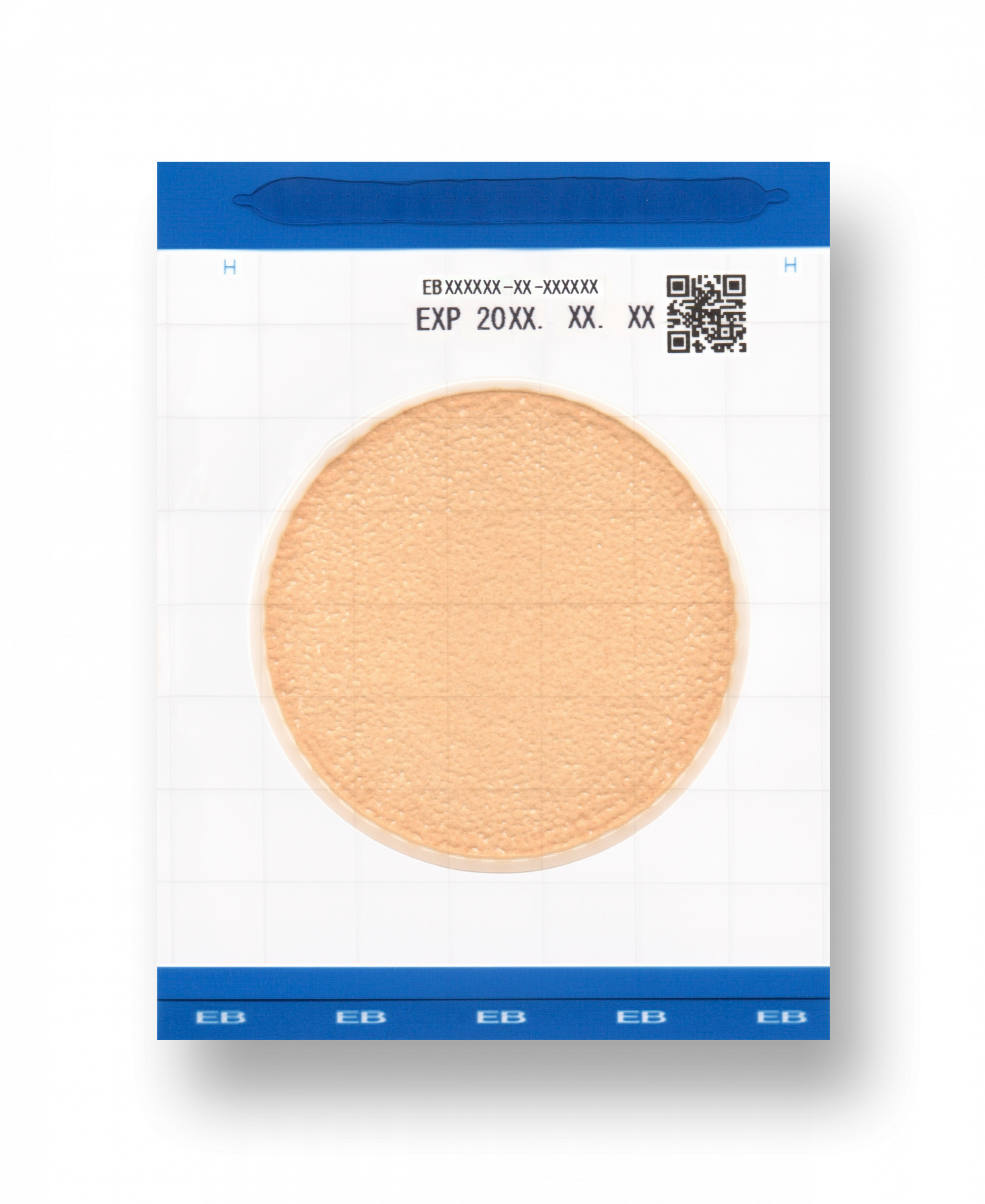About Enterobacteriaceae

Enterobacteriaceae are defined as glucose-fermenting, oxidase-negative bacteria that form pink, red, or purple colonies on VRBG (Violet Red Bile Glucose) agar medium. This group includes major enteric pathogens like Salmonella, Shigella, and Yersinia, which are lactose non-fermenters and fall outside the definition of "coliforms." Due to their clear taxonomic classification, Enterobacteriaceae are widely used as a hygiene indicator in place of "coliforms" in the European Union and other regions. In Japan, Enterobacteriaceae were first adopted as a hygiene indicator in 2011 for the compositional standards of raw meat for consumption.
The test method for Enterobacteriaceae is superior in terms of international standardization, which is increasingly important due to the rapid development of international trade. It provides better international alignment compared to the traditional test methods for "coliforms" or "thermotolerant coliforms" that have been widely used in Japan.
Reference: Guidelines for Food Hygiene Testing, Microbiology Edition, Revised 2nd Edition, 2018
ISO Method: Enterobacteriaceae Count Workflow

Products for Enterobacteriaceae Count
This is a microbial test film medium that does not require medium preparation and can be used immediately after opening.
The gelled medium contains the pH indicator neutral red (red colonies) and crystal violet that causes EB colonies to turn red.
Learn more about the product


